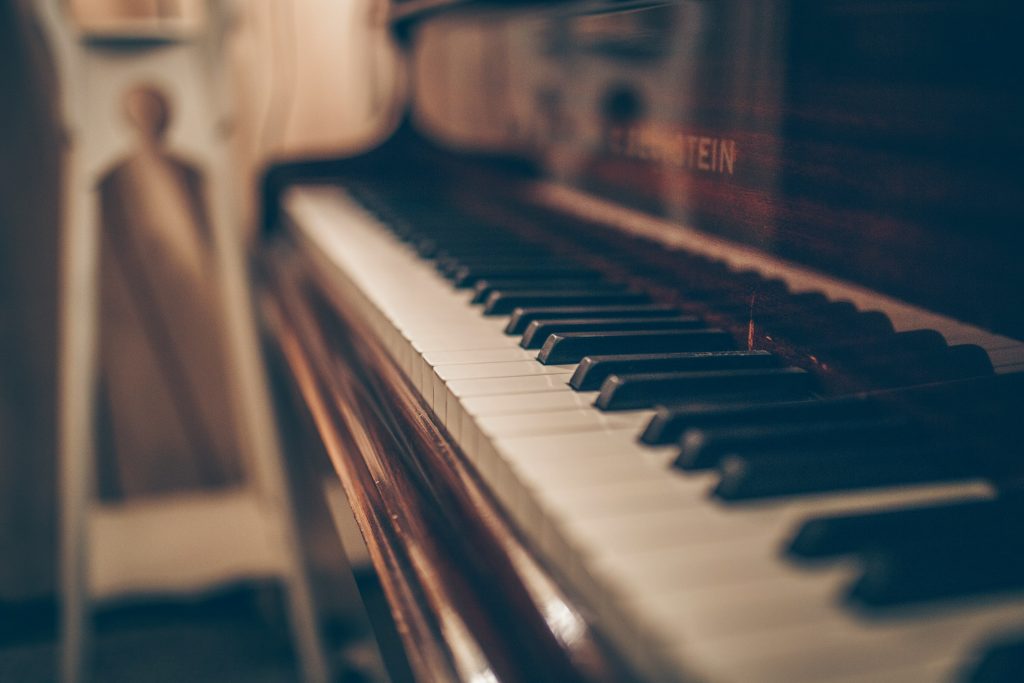In the realm of music, the piano stands as an iconic instrument, revered for its versatility, expressiveness, and timeless appeal. With the advent of technology, digital pianos have revolutionized the musical landscape, offering a blend of traditional craftsmanship and modern innovation. For aspiring pianists, professionals, and enthusiasts alike, choosing the best digital piano can be a daunting task amidst a sea of options. In this comprehensive guide, we delve into the intricacies of digital pianos, explore key features, compare top models, and provide valuable insights to help you make an informed decision about choosing the best digital piano.
Understanding Digital Pianos
Digital pianos replicate the sound and feel of acoustic pianos through advanced digital technology. Unlike their acoustic counterparts, digital pianos offer various benefits such as portability, versatility, and the ability to produce a wide range of sounds. They come equipped with weighted keys to mimic the authentic touch and response of acoustic pianos, along with built-in speakers, headphone jacks, and connectivity options for enhanced performance and convenience.
Key Features to Consider For Best Digital Piano
- Keyboard Action: The quality of keyboard action is paramount in determining the responsiveness and realism of a digital piano. Look for models with graded hammer action or weighted keys, which simulate the feel of acoustic piano keys.
- Sound Quality: The sound engine of a digital piano influences its tone, resonance, and overall sonic fidelity. High-quality pianos feature multi-sampled sounds of acoustic pianos, along with additional instrument voices and sound effects.
- Polyphony: Polyphony refers to the number of notes a digital piano can produce simultaneously. Opt for models with higher polyphony counts to avoid note dropout during complex passages and layered performances.
- Touch Sensitivity: Touch sensitivity enables dynamic control over the volume and expression of each note. Choose pianos with adjustable touch sensitivity settings to tailor the playing experience to your preferences.
- Pedal System: A comprehensive pedal system, including sustain, sostenuto, and soft pedals, enhances the expressive capabilities of a digital piano, allowing for nuanced performances and interpretations.
Top Digital Pianos on the Market:

- Yamaha P-515: Renowned for its exceptional sound quality, authentic keyboard action, and extensive feature set, the Yamaha P-515 is a top contender in the digital piano market. With its Natural Wood X (NWX) keyboard and Virtual Resonance Modeling (VRM) technology, it offers an immersive playing experience that rivals acoustic pianos.
- Roland RD-2000: Engineered for stage performance and studio recording, the Roland RD-2000 boasts an impressive array of sounds, customizable settings, and intuitive controls. Its PHA-50 hybrid keyboard combines wood and molded materials for a responsive and natural feel.
- Kawai ES8: Recognized for its impeccable sound realism and keyboard action, the Kawai ES8 caters to discerning pianists seeking professional-grade performance. Equipped with the Harmonic Imaging XL sound engine and Responsive Hammer III (RHIII) action, it delivers an unparalleled playing experience.
- Casio Privia PX-870: Offering exceptional value for money, the Casio Privia PX-870 features AiR Sound Source technology and a Tri-Sensor Scaled Hammer Action II keyboard for authentic piano sound and feel. Its sleek design and affordable price make it a popular choice for beginners and intermediate players.
Choosing the Right Digital Piano
Ultimately, the best digital piano for you depends on your individual preferences, skill level, budget, and intended use. Before making a purchase, consider trying out different models in person to assess their sound, feel, and features firsthand. Additionally, read reviews, seek recommendations from experienced musicians, and weigh the pros and cons of each option carefully.
Conclusion
In the pursuit of musical excellence, the best digital piano serves as a gateway to boundless creativity, expression, and artistic fulfillment. By understanding the key features, comparing top models, and conducting thorough research, you can find the perfect digital piano to accompany you on your musical journey. Whether you’re a seasoned performer or a budding enthusiast, investing in the best digital piano is a decision that will resonate for years to come, unlocking endless possibilities and inspiring moments of musical brilliance.
FAQs
Q: Can a digital piano truly replicate the feel and sound of an acoustic piano?
A: Yes, modern digital pianos utilize advanced technology such as weighted keys, multi-sampled sounds, and resonance modeling to closely emulate the touch and tone of acoustic pianos. While there may be subtle differences, many digital pianos offer an incredibly authentic playing experience.
Q: Are digital pianos suitable for beginners, or should they start with an acoustic piano?
A: Digital pianos are excellent options for beginners due to their affordability, portability, and versatility. They offer features such as headphone jacks, volume control, and built-in tutorials, making them conducive to practice in various environments without disturbing others.
Q: What is polyphony, and why is it important in a digital piano?
A: Polyphony refers to the maximum number of notes a digital piano can produce simultaneously. It’s crucial to ensure that all notes sound clear and sustain properly, especially during complex passages or when layering multiple sounds. Higher polyphony counts prevent note dropout and enhance the overall musical experience.
Q: How do I know if a digital piano’s keyboard action is suitable for me?
A: Keyboard action preference varies among pianists, but it’s essential to choose a digital piano with a keyboard action that feels comfortable and responsive to your playing style. Test different models in person to assess factors such as key weight, resistance, and key travel distance to find the right fit.
Q: Can I connect a digital piano to external devices or software for recording and performance purposes?
A: Yes, most digital pianos feature connectivity options such as USB ports, MIDI compatibility, and audio outputs, allowing you to connect them to computers, tablets, amplifiers, and recording equipment. This versatility enables you to integrate your digital piano into various setups for recording, live performance, or music production.



